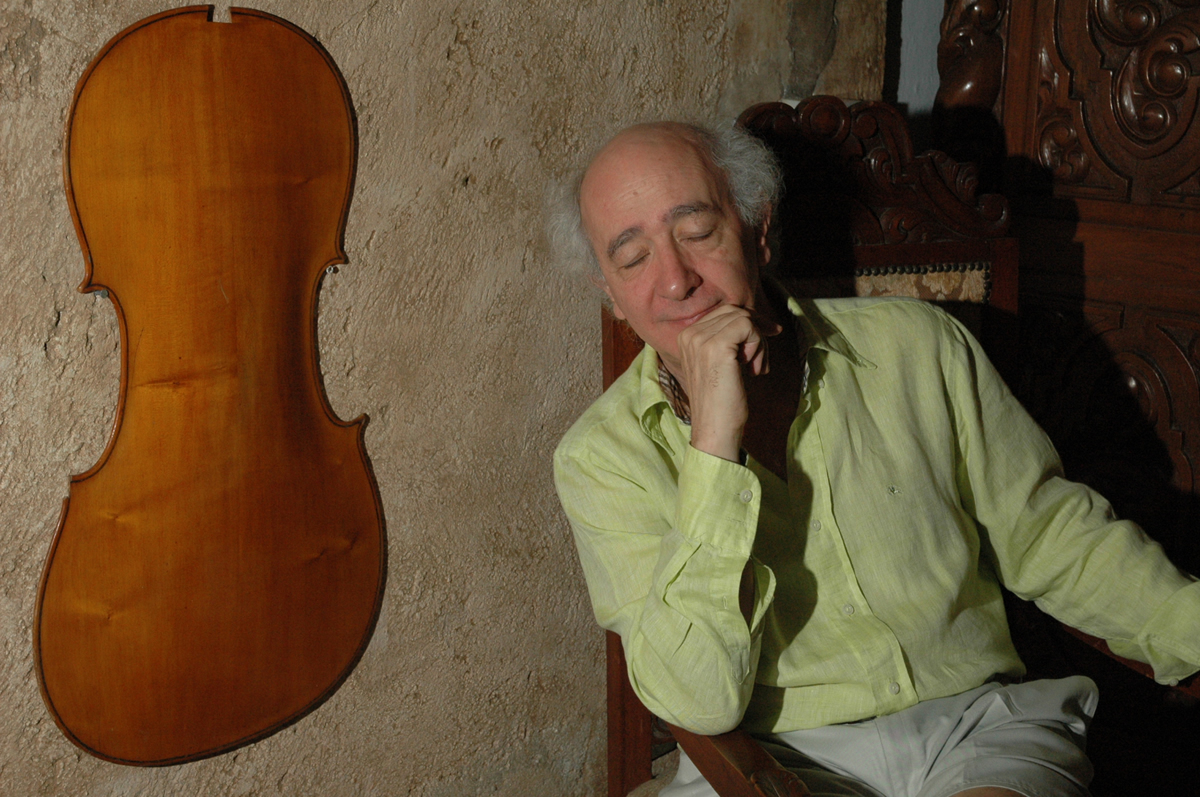
Mexican composer and theorist of Spanish descent. He studied composition in Mexico with Orbón and in Paris (1965–9) with Messiaen, Boulanger and Xenakis, additionally taking courses given by Stockhausen in Cologne (1968–9) and Ligeti in Darmstadt (1972). He later studied computer music at Stanford University (1981) and in Paris (1980–83), as well as Amerindian music in New Mexico (1987). He gained the doctorate from the University of Strasbourg with his dissertation Théorie de la composition: discontinuum-continuum (1994).
In 1971 Estrada was appointed to teach composition at the Music School of the University of Mexico (UNAM). In 1976 he became active as a researcher at UNAM, where from 1990 he directed the research project ‘MúSIIC’ (Computer Interactive System for Research and Composition). In addition he has been a guest lecturer at several universities and a composer-in-residence in Darmstadt, Stanford and elsewhere. These activities have given rise to several essays and theoretical works (among them Música y teoría de grupos finitos, 1984), and the encyclopedia La música de México (1984–8), of which he is the editor.
After an initial phase in the tradition of Webern and Stockhausen, Estrada's style of composition developed throughout the 1970s from the ‘controlled uncertainty’ of Memorias (1971) to the integration of his own theories, notably that of the ‘discontinuum’ (a new theory of interval classes for scales of any subdivision). With works such as eua’on (1980) he explored his theory of the ‘continuum’, utilizing unstructured tonal and temporal areas and material in transition (e.g. glissandos). With eolo-oolin (1981–3) he began working with what he calls ‘macro-timbre’; a synthesis of pitch, amplitude and harmonic content in a continuum of rhythm and sound. In yuunohui'tlapoa (1998–9) he combines his continuum and discontinuum theories. The opera Pedro Páramo (begun in 1992) is based on the composer's analysis of the tonal elements in the literature of Juan Rulfo (explained in El sonido en Rulfo, 1990), creating a world of expression that shifts unexpectedly between the concrete and the unreal, a musical pendant to Rulfo's ‘magic realism’.
No comments:
Post a Comment